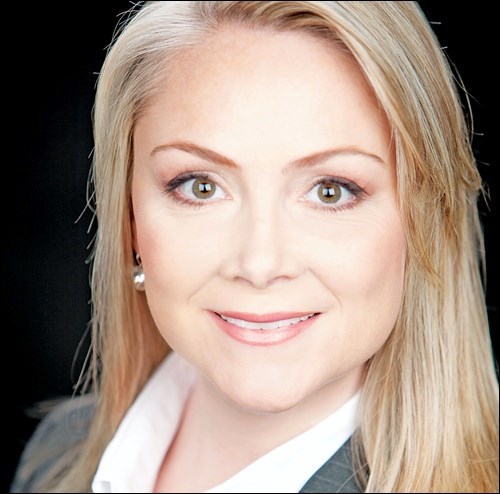Are you sitting on a large chunk of cash in a high-interest bank account? Maybe you thought it would be “safe” because you’re nervous about stocks and bonds. Plus, there’s deposit insurance, and it’s liquid. Well, you’re right on two counts – it’s liquid and the deposit is insured to a certain extent. But the bank’s definition of “high interest” and yours probably differ by several percentage points. And as for “safe,” that could be a matter of definition, too. So here’s a look at some other options you might have.
While bank savings accounts are undeniably “safe” from the standpoint that they’re covered up to the current limit $100,000 limit by the Canada Deposit Insurance Corp., they’re probably paying you a maximum of only about 1.75% a year, if you shop around. You might have considered putting your money into a money market fund, but there, the rate is edging closer to zero, and six-month term deposits currently pay less than 1%.
To start with, remember that there’s always a cost for safety. In the case of guaranteed or low-risk vehicles, the cost comes in the form of lower returns. In fact, with a savings account or term deposit, the there’s a further hidden cost. While your nominal return may be 1% or so, your real return could end up being negative, once you factor in inflation and taxes. So it definitely makes sense to look around for alternative places to stash your cash, so that you’re at least exceeding the inflation and tax hurdle.
It all starts with some basic decisions about where to put money. Financial advisers call that “allocating your assets” – in other words, choosing the right mix of investments that will match your financial objectives and tolerance for risk. In fact, research has shown that choosing the right mix can be even more important in building wealth than choosing the individual investments themselves.
So first ask yourself how you want to divide that money up. The principle here is divide your money into three basic “buckets.” These are low-risk or risk-free investments, income-producing investments, and growth investments. Your overall portfolio will be a lot more effective in achieving your financial goals when you start to target a more robust yield than you can achieve from a bank savings account. That’s because your money is working hard to make more money for you. Paradoxically, there won’t be much more overall “risk” involved than you had keeping all your money in a savings account – which, when you think about it, is actually pretty risky, because you’re really losing money to taxes and inflation. Over the long term, that can add up to tens of thousands of dollars in lost purchasing power. That’s hardly a great way to preserve your capital!
Consult a qualified financial planner to help you define your risk profile, your financial objectives, and choose your correct asset allocation.
Courtesy Fundata Canada Inc. © 2016. Robyn Thompson, CFP, CIM, FCSI, is president of Castlemark Wealth Management. This article is not intended as personalized advice.



